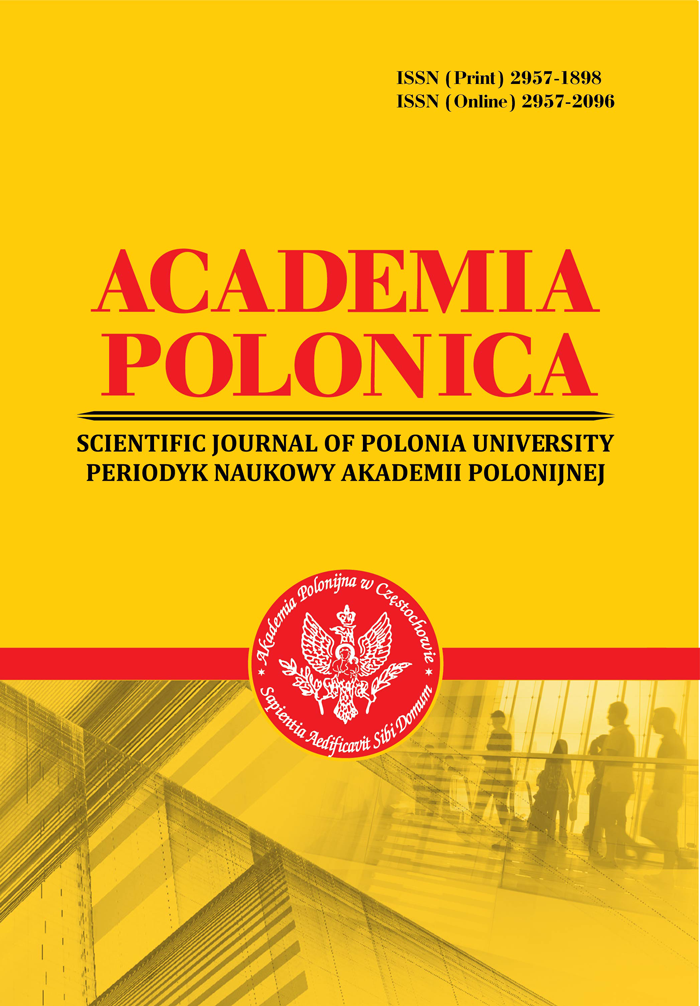FEATURES OF VOWEL REDUCTION AND VOWEL SHORTENING IN THE LANGUAGE OF JAPANESE MASS CULTURE
Abstract
The paper, based on the material of the texts of the language of mass culture of Japan, demonstrates that the language of mass culture is characterized by non-standard phonetic phenomena and phonetic innovations that violate the orthoepic norms of the literary language. Non-standard phonetic phenomena spread, in particular, to the system of vowel sounds, which in the language of mass culture undergo non-standard reduction and prosodic shortening, due to which the language of mass culture approaches colloquial patterns and becomes more emotional. In contrast to the standard Japanese language, where only the vowels /i/ and /u/ are usually reduced, the language of mass culture reduces all vowel sounds of the system, both single sounds and the combinations of vowels, often with a subsequent transition to another vowel. At the same time, such reduction is inherent even to vowel sounds that are part of root morphemes, which violates the norms of the literary language, and is also chaotic in its nature. The non-standard emphatic vowel reduction is often accompanied by the similar phenomenon of prosodic vowel shortening. The criteria for distinguishing the two phenomena are that reduction affects single short vowels or combinations of two short vowels, whereas prosodic shortening affects only one long vowel, and that reduction and prosodic shortening bring slightly different connotations to the word – familiarity for reduction and giving the word a fragmentary character for prosodic shortening.
References
2. Dementieva, T. S. (2024). Praktychna fonetyka iaponskoi movy: pidruchnyk [Practical phonetics of the Japanese language: textbook]. Odesa: Asiatica [in Ukrainian].
3. Flemming, E. S. (1995). Auditory representations in phonology. Ph.D. thesis. UCLA.
4. Kawahara, S. (2016). Phonological opacity in Japanese. Ms. Keio University, 1-21.
5. Komarnytska, T. K. (2021). Pereklad riznostyliovykh tekstiv (iaponska mova): pidruchnyk [Translation of texts of different styles (Japanese language): textbook]. Kyiv: Vydavnychyi dim Dmytra Buraho [in Ukrainian].
6. Komarnytska, T. K., & Komisarov, K. Yu. (2012). Suchasna iaponska literaturna mova: teoretychnyi kurs [Modern Japanese literary language: theoretical course]. (Vol. 1). Kyiv: Vydavnychyi dim Dmytra Buraho [in Ukrainian].
7. McCarthy, J. J. (1999). Sympathy and phonological opacity. Phonology, 16, 331-399.
8. Stampe, D. (1973). A dissertation on natural phonology. Ph.D. thesis. University of Chicago.
9. Stuzhenko, O. M. (2008). Stylistychne funktsionuvannia fonolohichnoho slovotvoru v iaponskii movi [Stylistic functioning of phonological word formation in the Japanese language]. Proceedings from PSU ‘08: V naukovo-praktychna konferentsiia “Problemy skhodoznavstva v Ukraini” – The V scientific and practical conference “Problems of Oriental Studies in Ukraine”. (pp. 44-51). Kharkiv: KhNPU [in Ukrainian].
10. Tanaka, L. (2016). Impolite Language in Manga. Manga vision. cultural and communicative perspectives. S. Pasfield-Neofitou, & C. Sell (Ed.), (pp. 209-226). Clayton, Victoria: Monash University Publishing.
Abstract views: 244 PDF Downloads: 72







